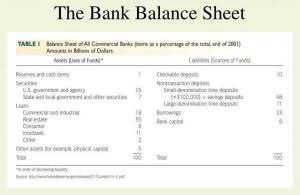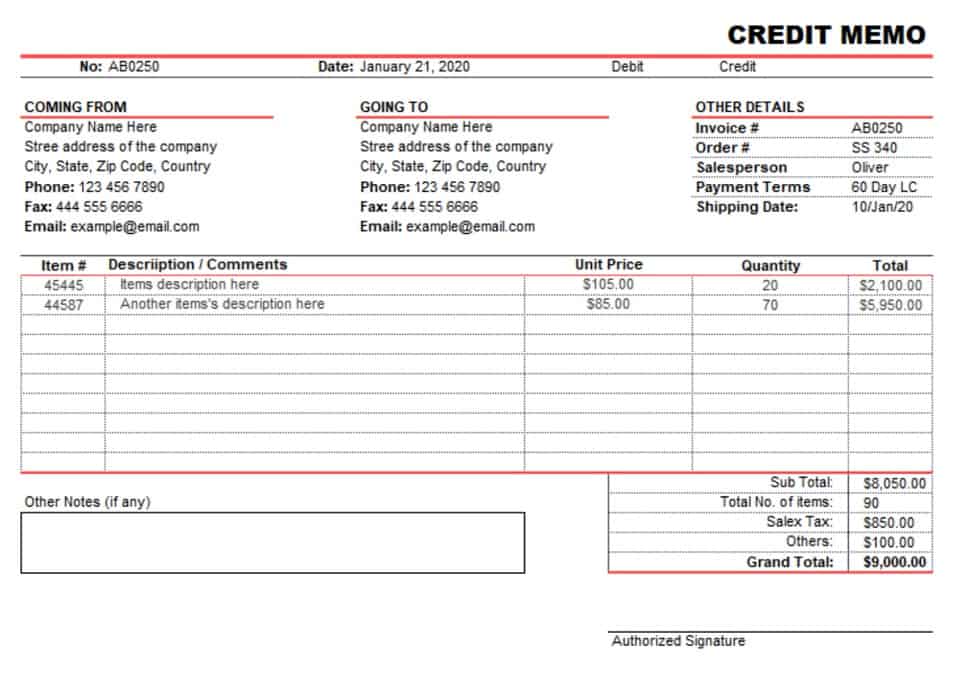
Add detailed descriptions, unit costs, and clear breakdowns for each service. This flexibility keeps your billing organized, accurate, and professional. A general contractor invoice may be sent at various times during a project lifecycle, depending on the terms and conditions agreed upon at the start of the job.

Excel HVAC Construction Invoice Template
- KonstructIQ offers a complete solution for general contractors to streamline payment processes.
- As a general contractor, efficient invoicing is crucial for maintaining a healthy cash flow.
- This setup allows for precise billing while monitoring profit margins closely.
- Finally, we like that Premier handles purchase order management and expense reporting activities.
Your email doesn’t need to include highly detailed specifics of the job – your contractor invoice has that information. Include whether the invoice is an hourly rate or set project, and mention any extra costs, such as shipping. Check out this page of free construction invoice templates for a variety of useful invoicing gym bookkeeping options. For more invoicing options, check out our complete collection of construction invoice templates in Excel and these construction invoice templates in all formats. Depending on how you set your contractor business up, you may need to include things like sales tax.
Carpentry and Finish Work Time and Materials Construction Invoice Template

Sending invoices to your customer directly from Method is also possible thanks to a variety of email integrations. You can even send automated reminders following up on unpaid invoices to give customers a gentle nudge. This is because the invoice date allows you to track whether an invoice is paid https://asd138.com/double-declining-balance-method-ddb-formula/ on time or late. Seeing a send date and a due date on an invoice keeps your customer accountable.
Excel General Contractor Time and Materials Invoice Template
- You’ll also include job-specific information like labor charges, materials, total and miscellaneous costs.
- Now small businesses will need to become familiar with the 1099-K form.
- The construction invoice template needs to include your business name, address, and contact information, like email and phone number.
- For cost plus contracts, include the cost total, as well as the agreed-upon plus percentage.
- Track key metrics, visualize data, and make informed decisions to drive growth.
- Cash deposited into your Square Checking account is generally available in your checking account balance immediately after a deposit is processed.
Its goal is to improve cash flow, enhance transparency, reduce administrative burdens, and ensure timely payment for completed work. Once an invoice is approved, it will automatically move to accounts payable. Automated AP tools allow accounting teams to review invoices electronically and route them based on customized rules. For example, users can get set alerts when an invoice goes from upcoming to past due.

Reduced risk of financial discrepancies and disputes
- Unfortunately, payment disputes happen in construction, and contractors need to utilize mechanics liens to level the playing field.
- Personalized invoices make your business look more professional and authentic.
- Be sure to include a section for other expenses you plan to bill for.
- Browse our main invoice template page to explore a wide variety of invoice templates for different industries.
- These laws protect consumers from deceptive practices and provide them with necessary information for informed decisions.
If you’re developing your own construction invoice template, be sure it includes the following critical elements. Download, customize, and send this contractor invoice to your landscaping clients. Simply add or subtract lines to describe details such as tree removal or garden bed design. By integrating these features, general contractor invoice contractors can greatly enhance their project invoice management. This leads to higher client satisfaction and better cash flow management.
- Before 2023, it only applied to businesses that made over $20,000 in sales and more than 200 transactions.
- It helps you manage sales tax, track completed work, and set payment expectations.
- With so many moving parts and stakeholders, even small construction invoicing mistakes can cause major delays or disputes.
- And it doesn’t hurt to reinforce the payment terms on your invoice.
- You might also check with the client to see whether they require anything special to be included, such as an order number or further itemization.
- An itemized bill is crucial for transparency and accountability, allowing clients to understand what they are paying for.




